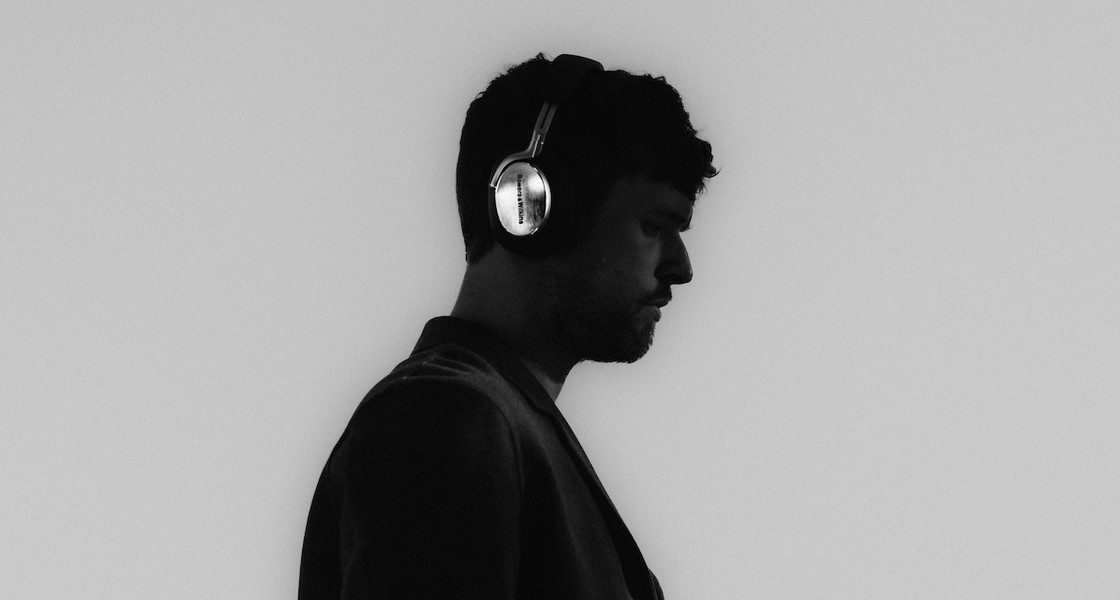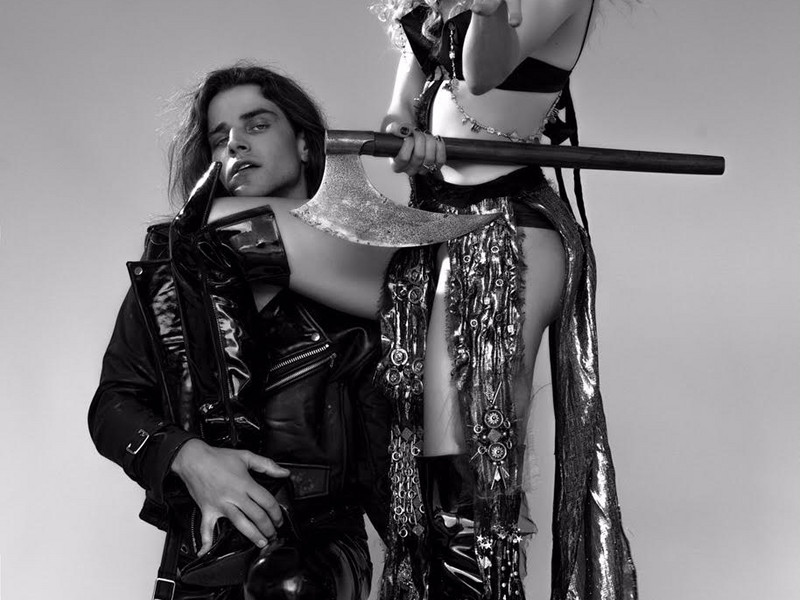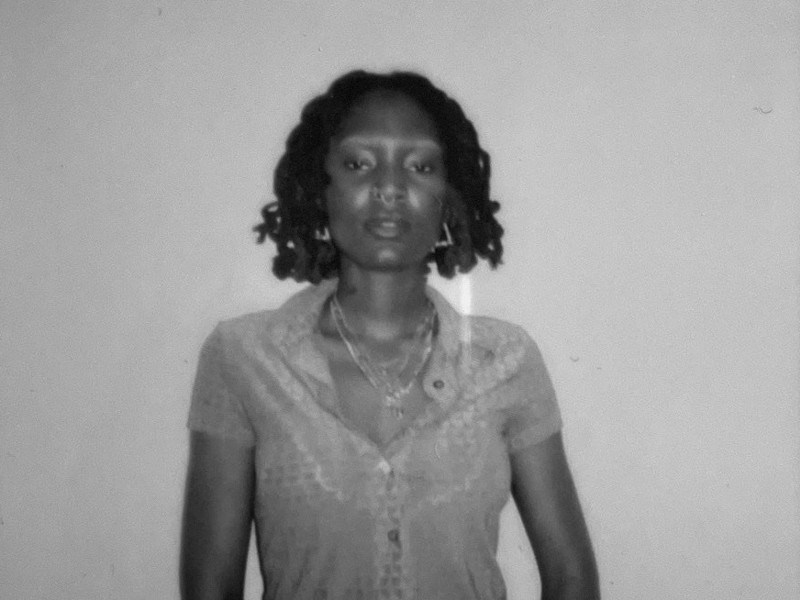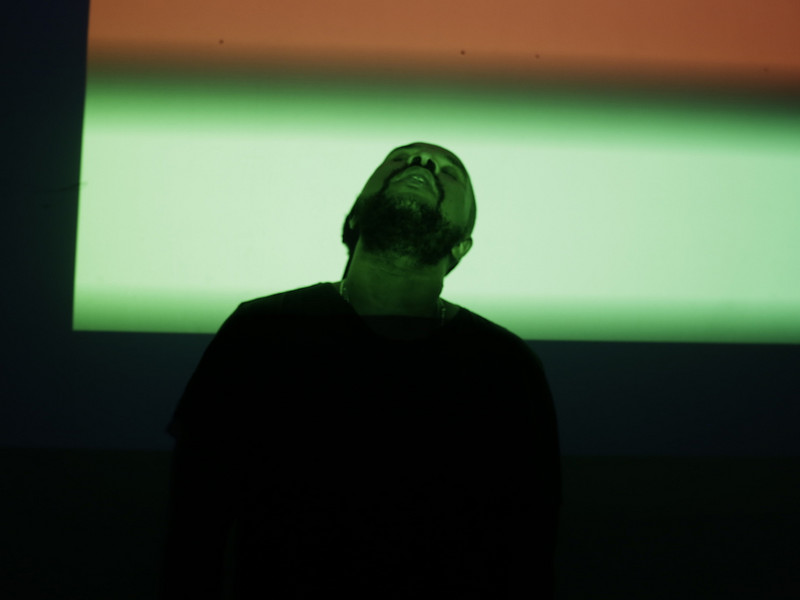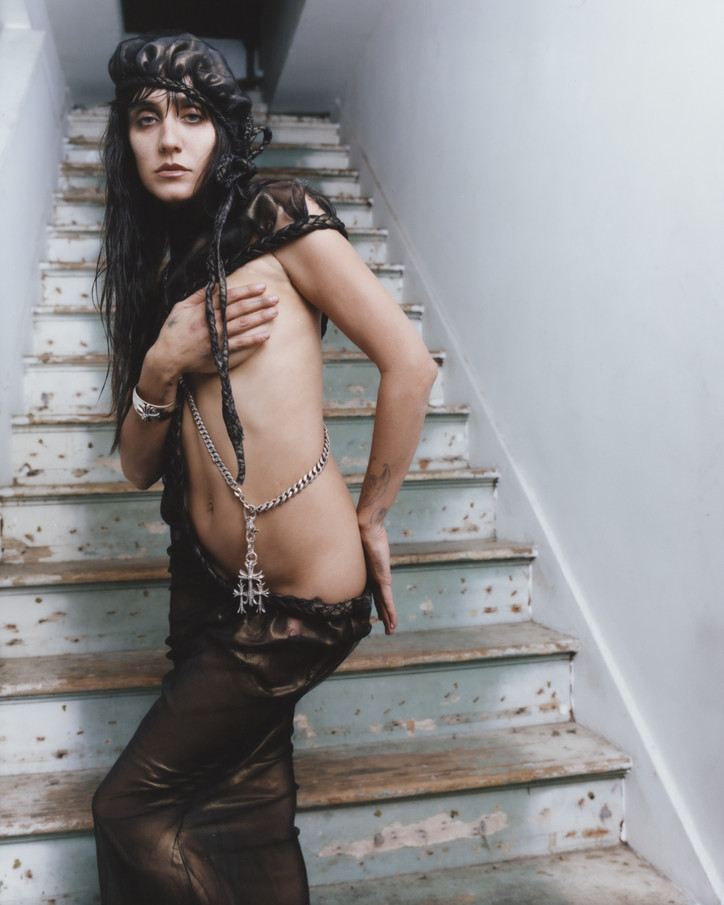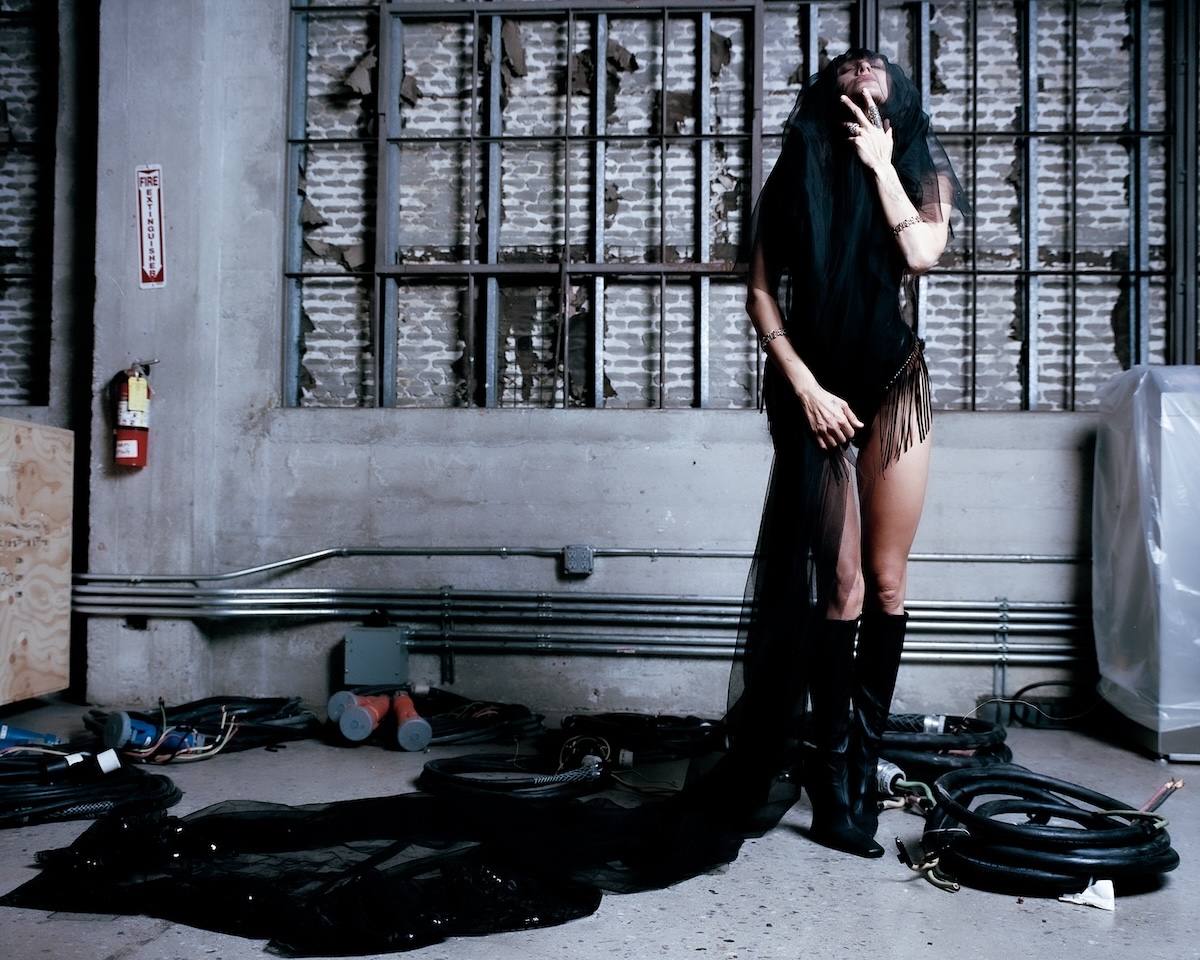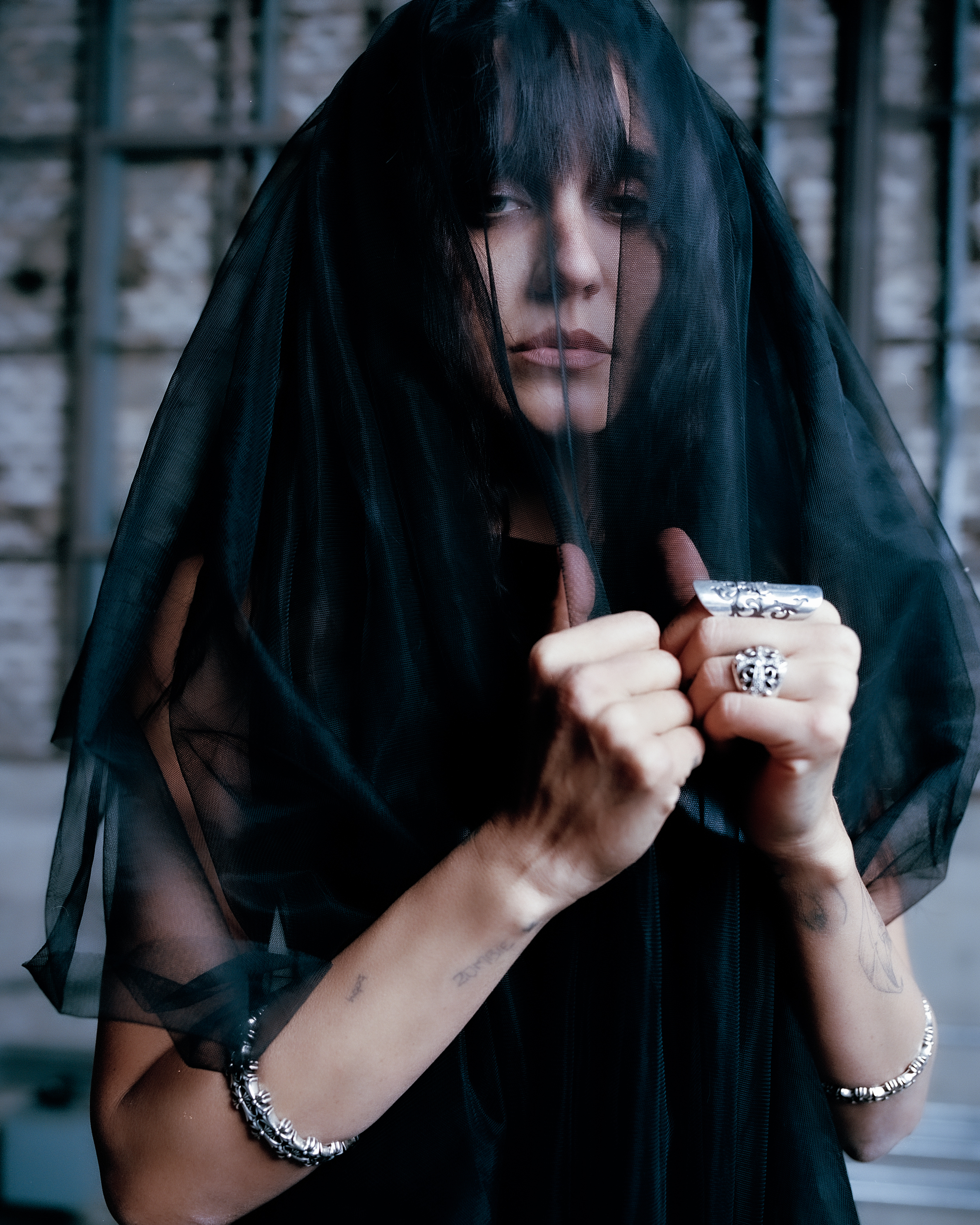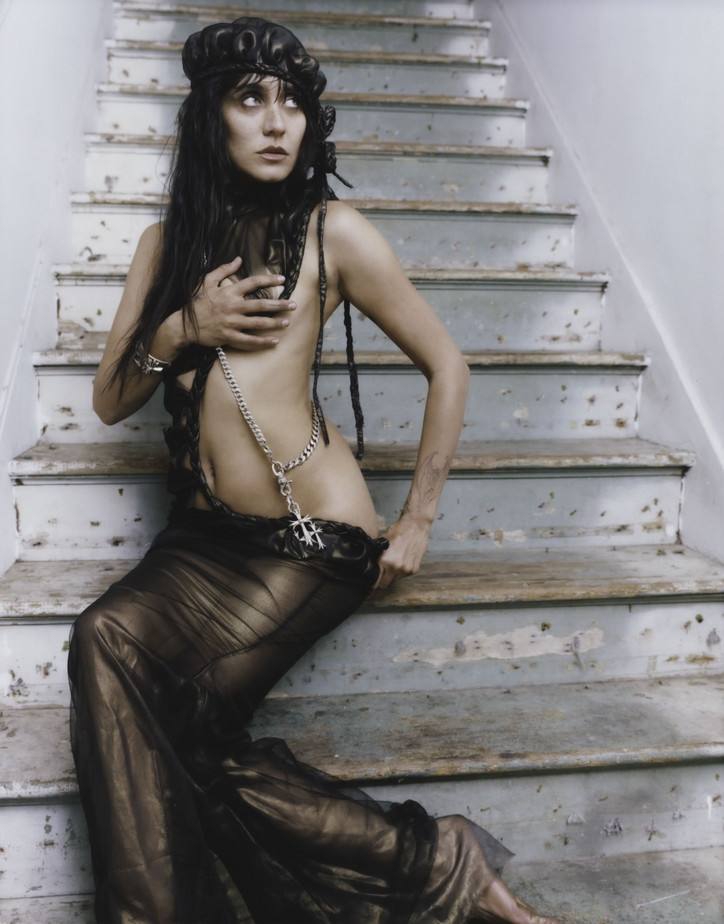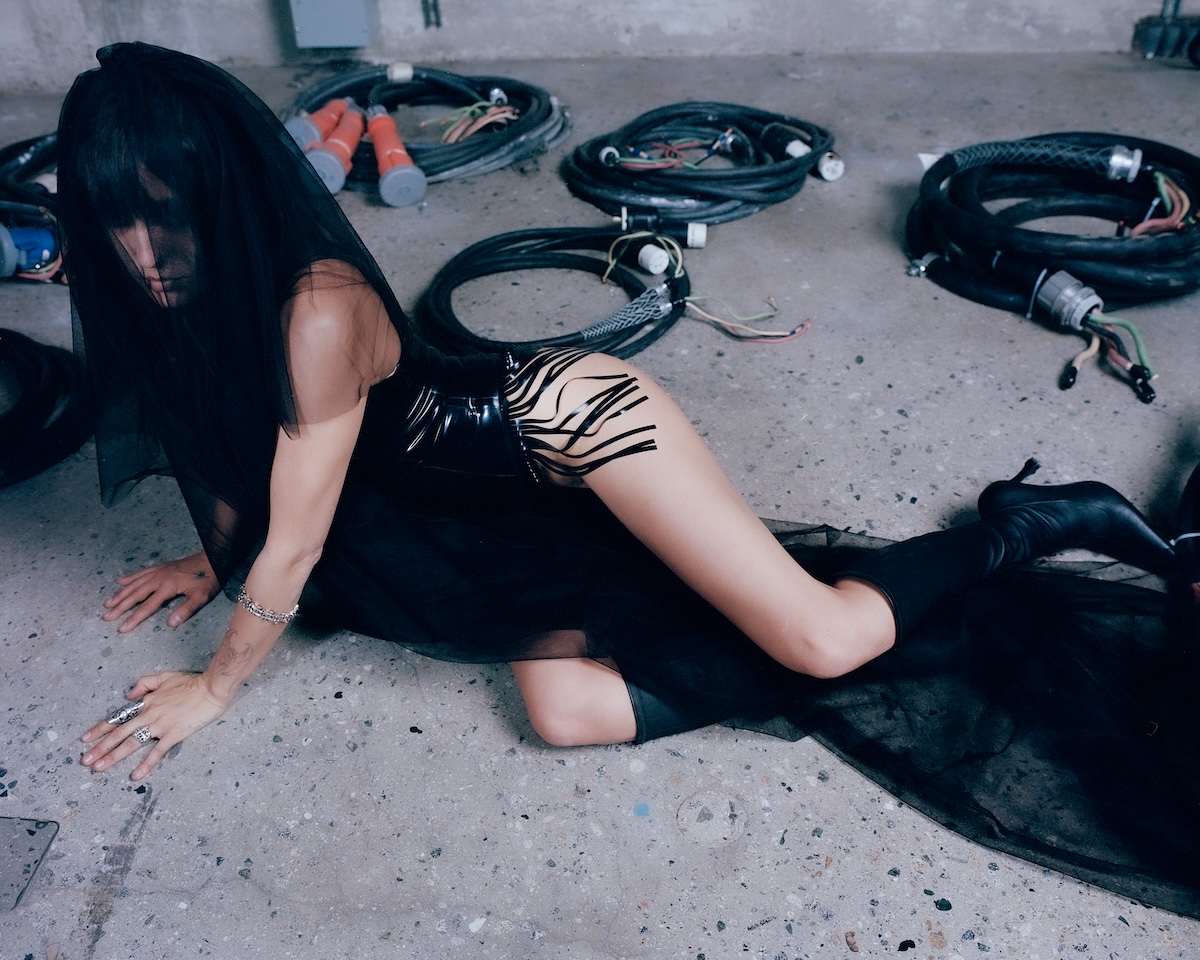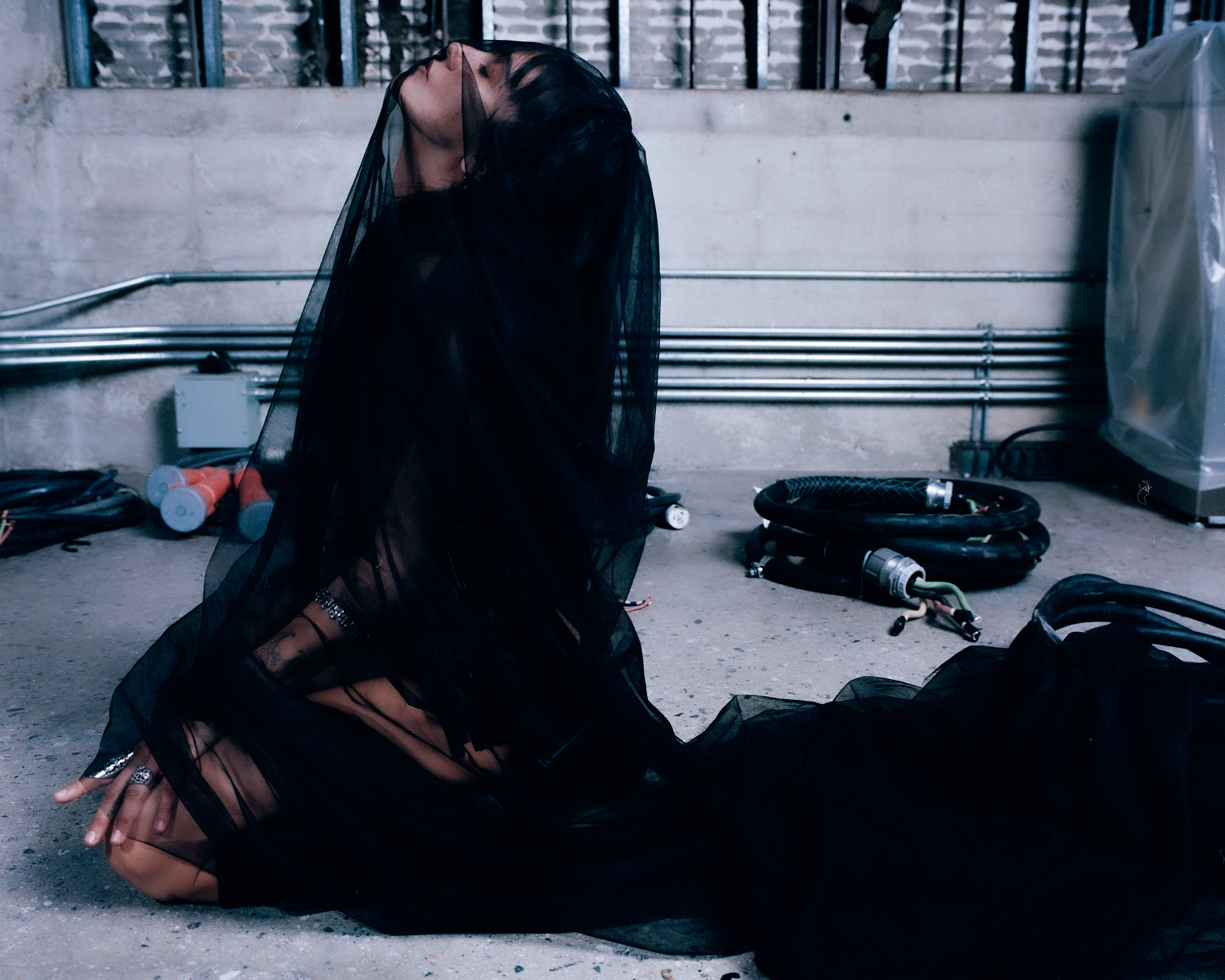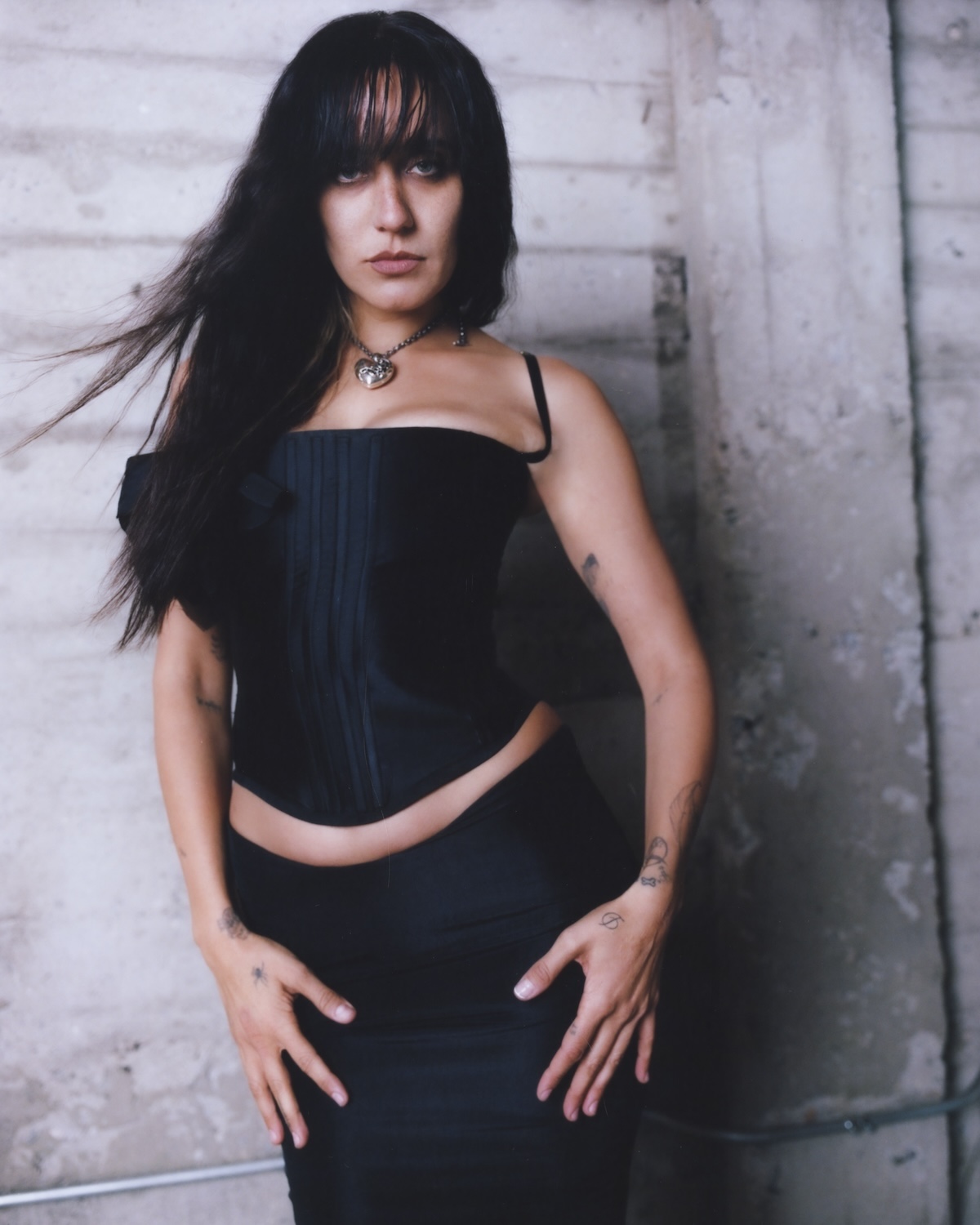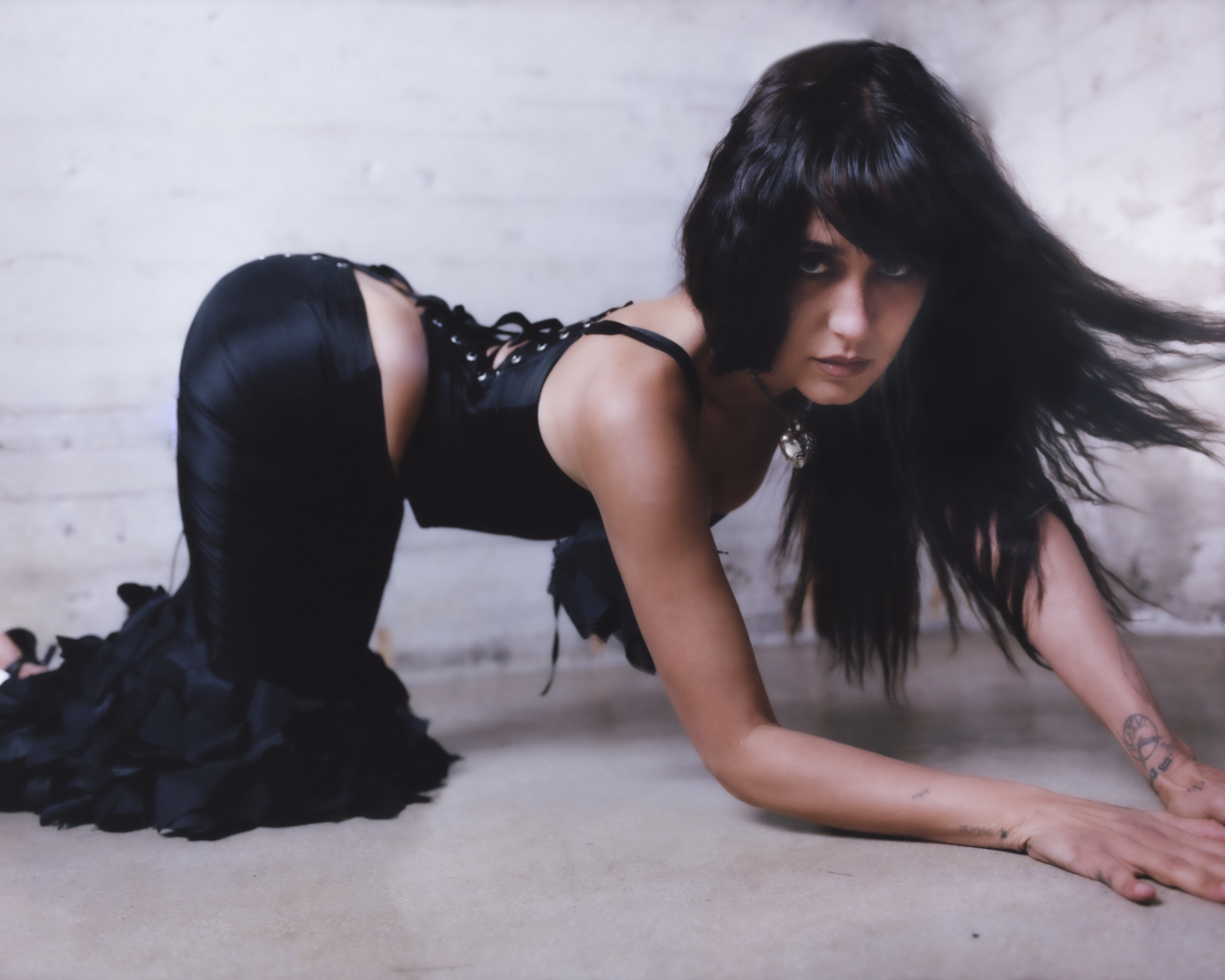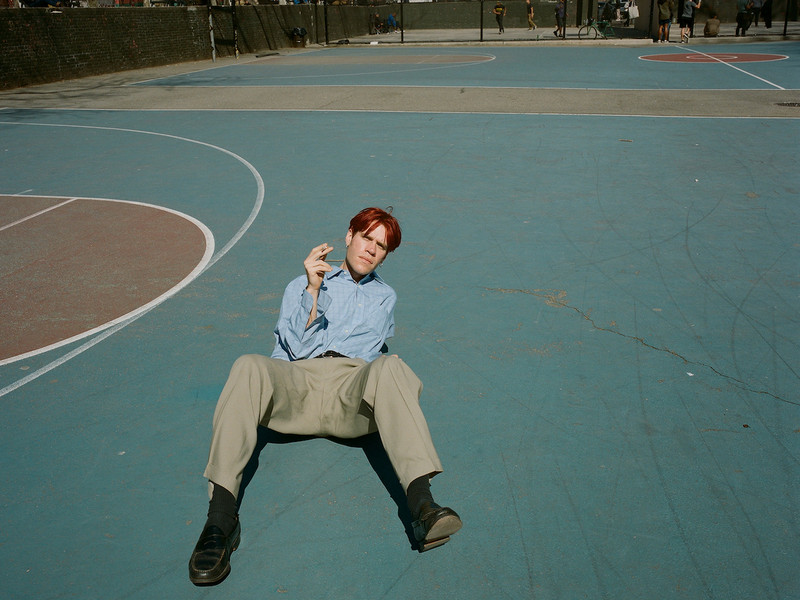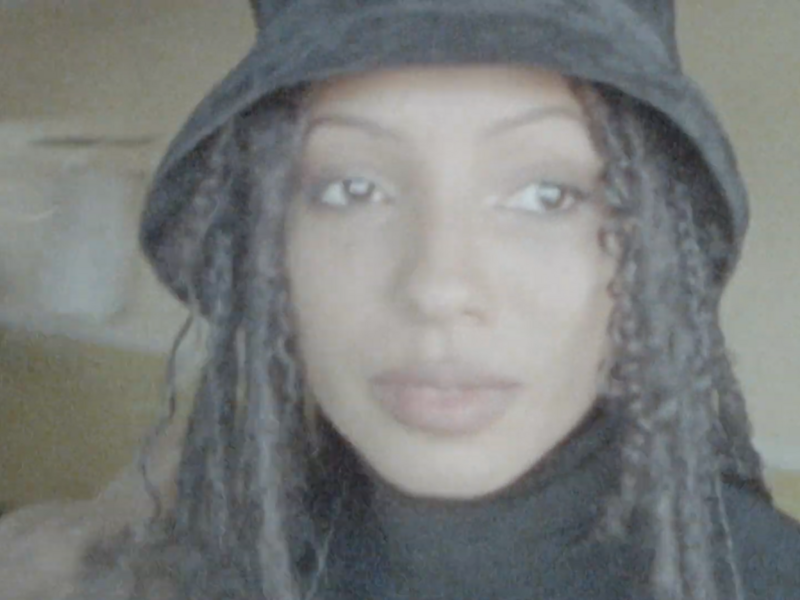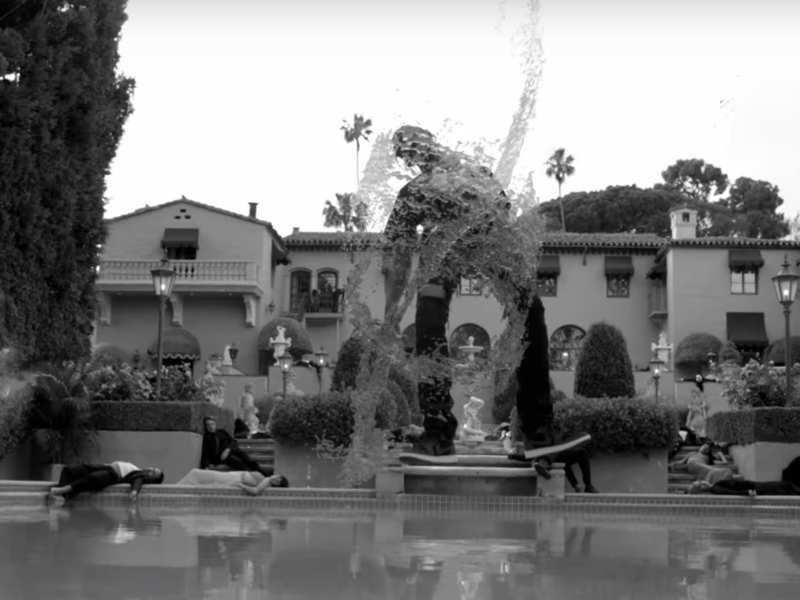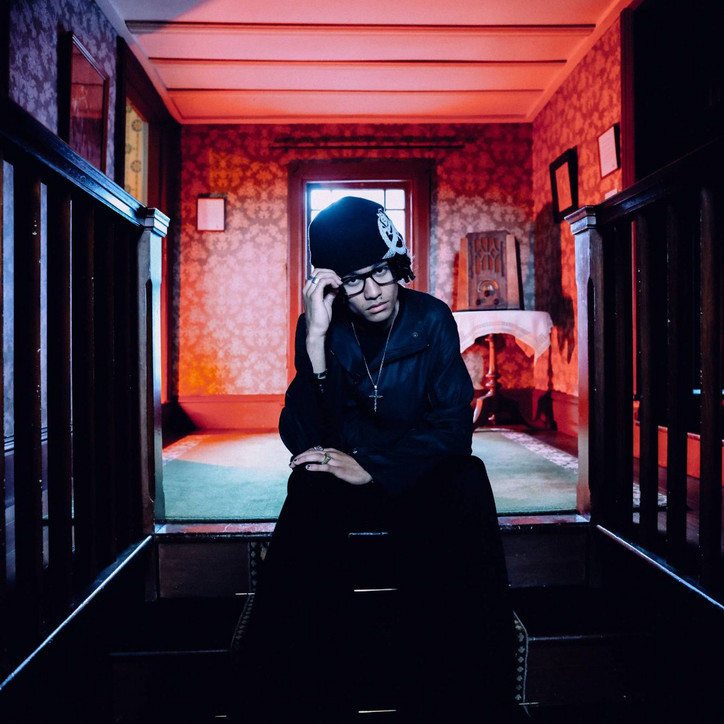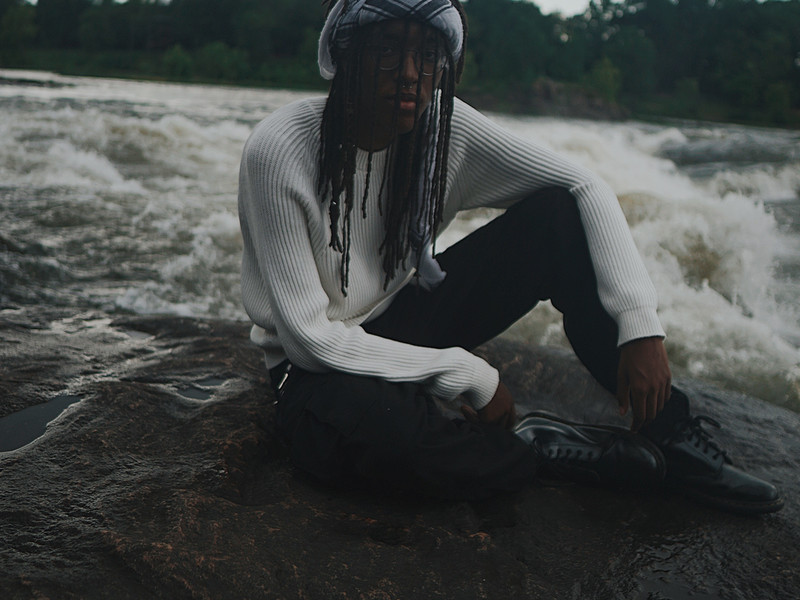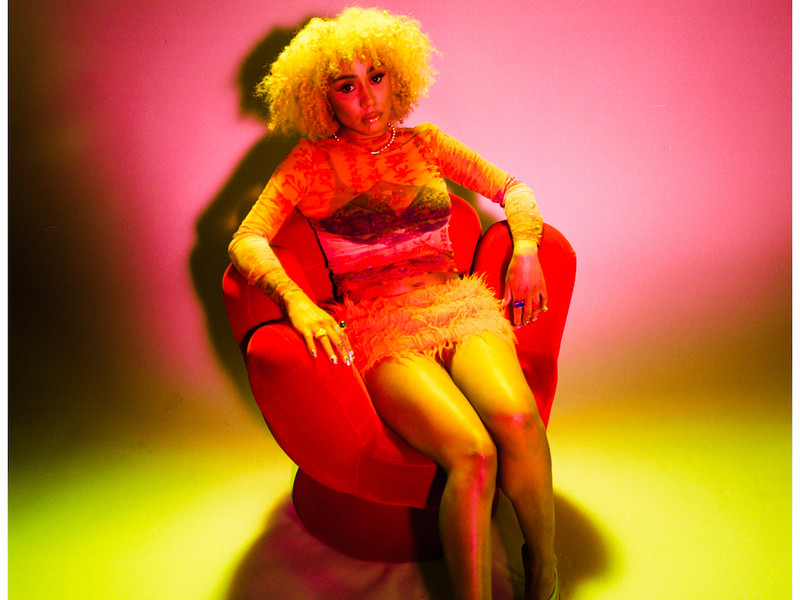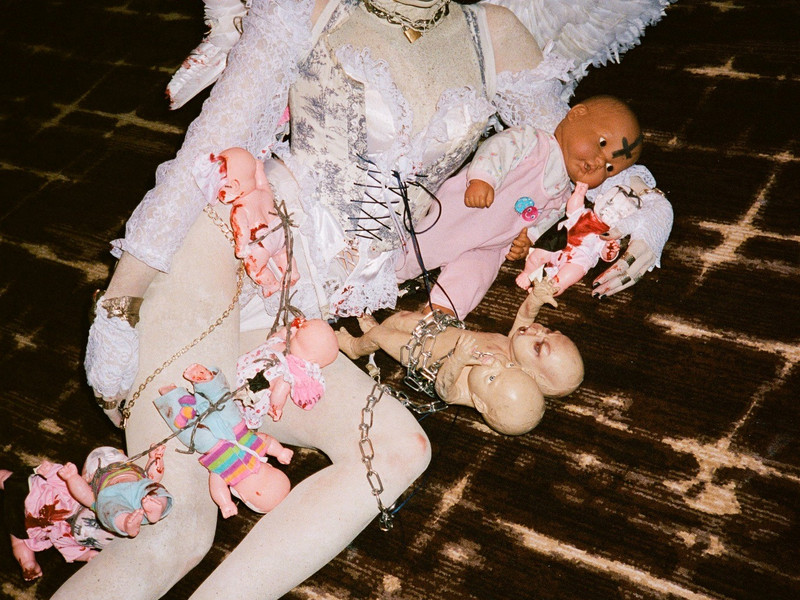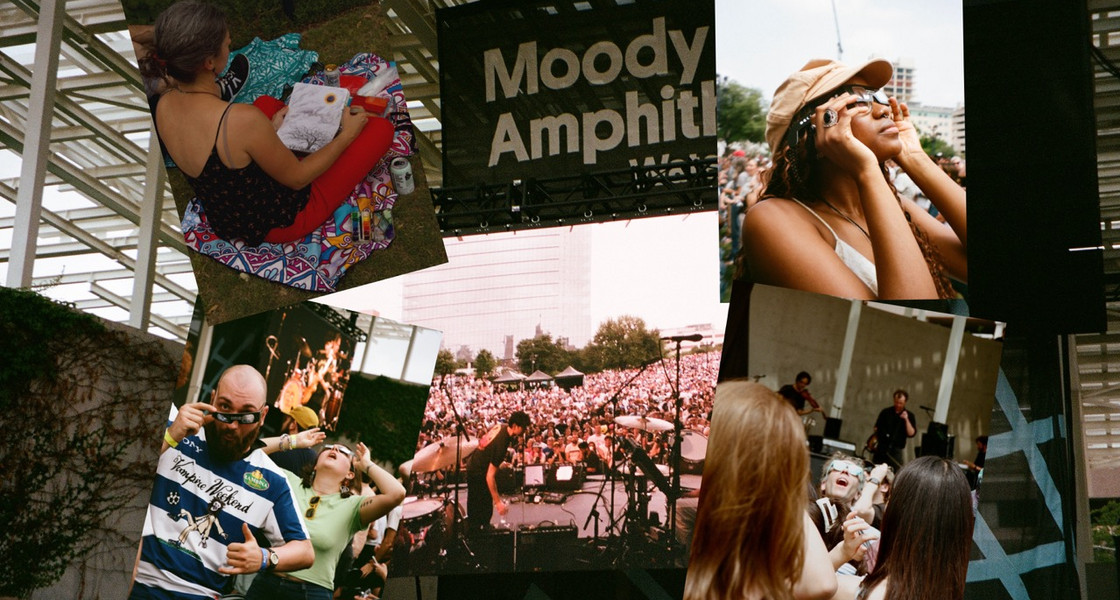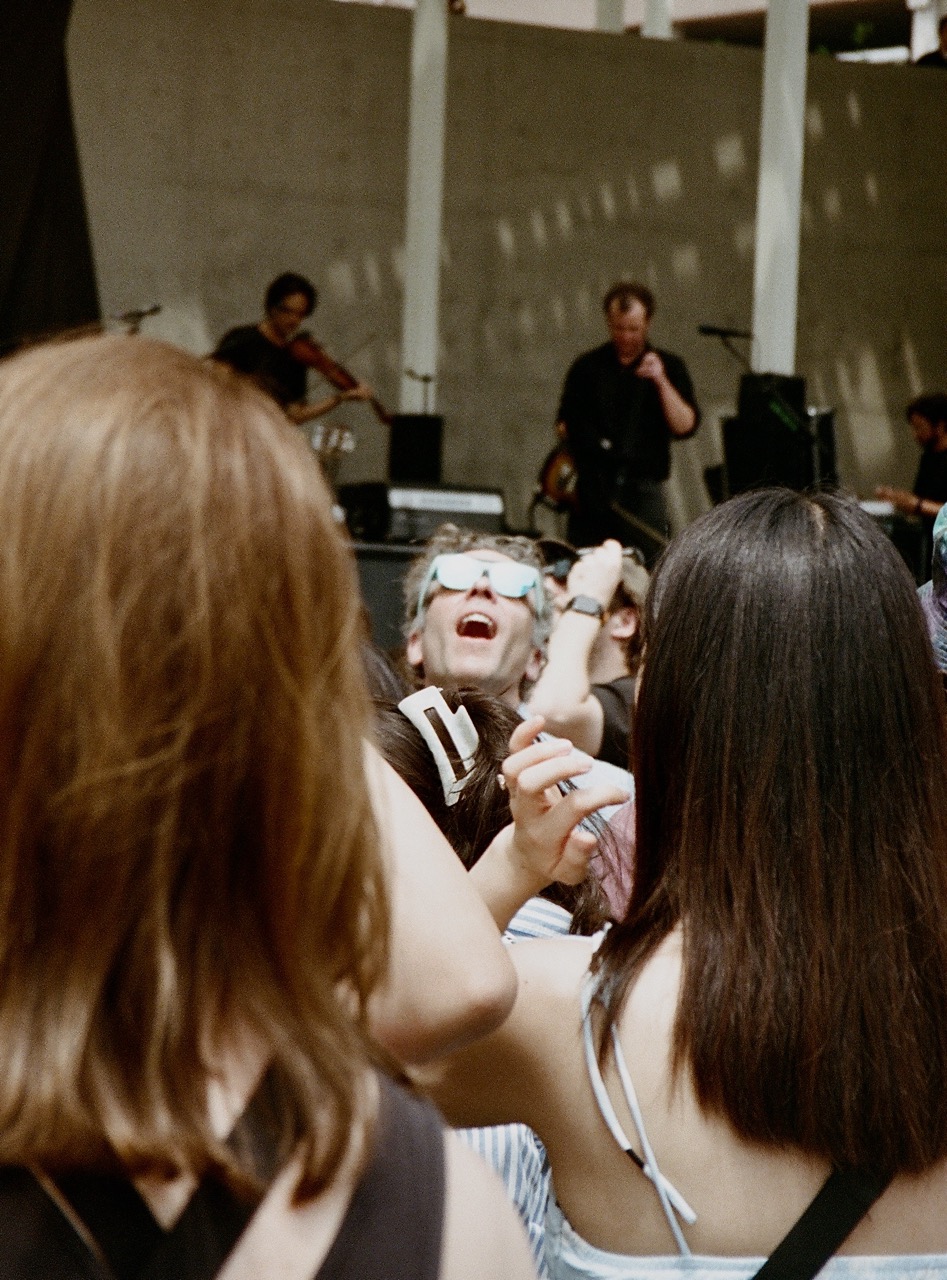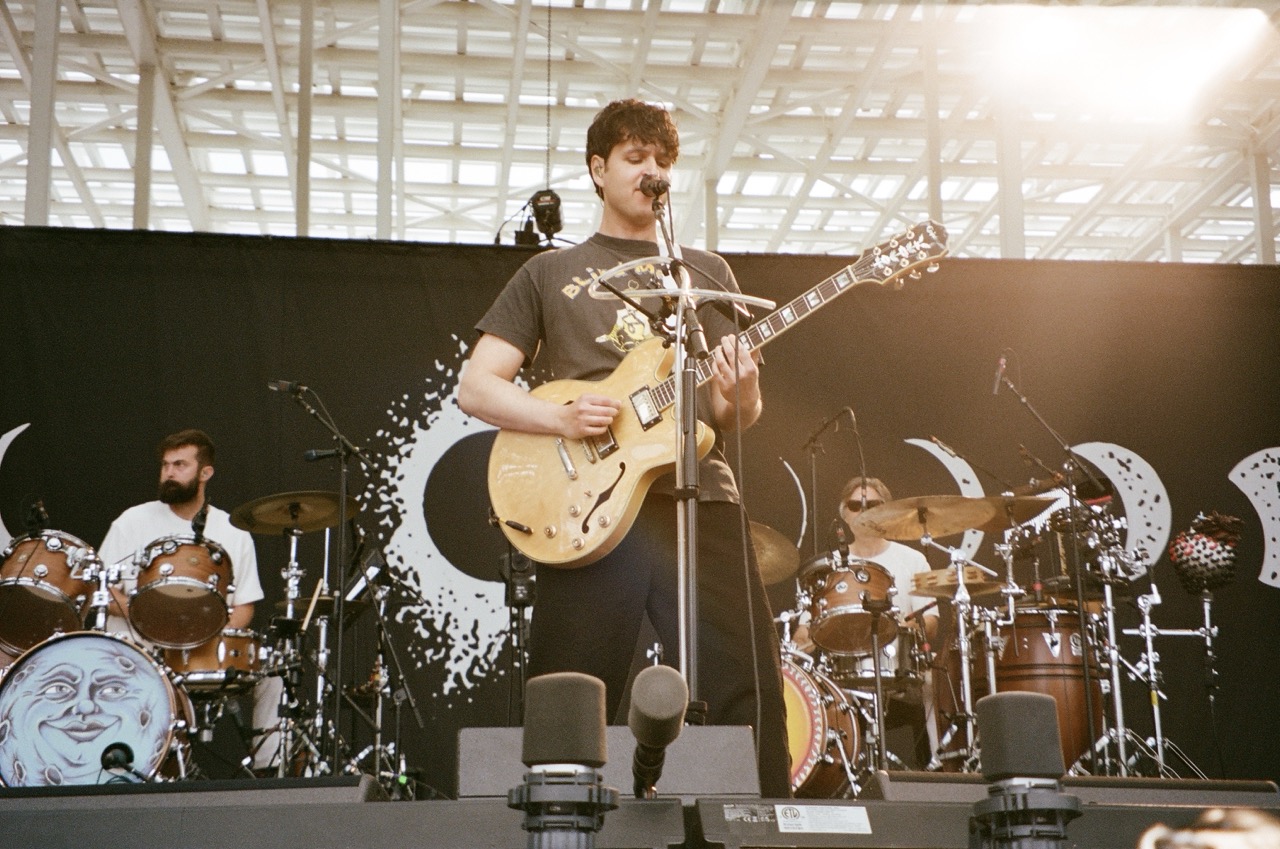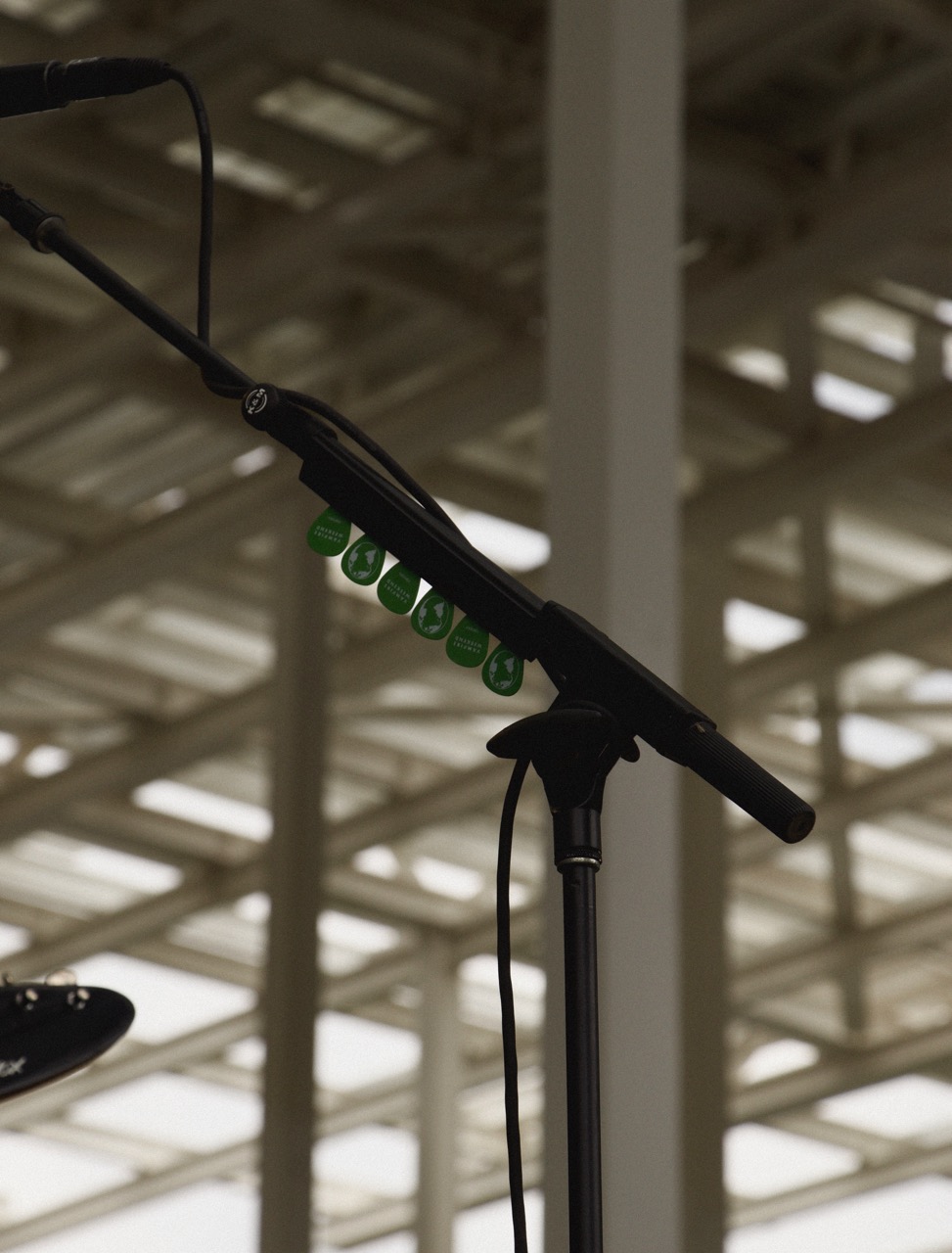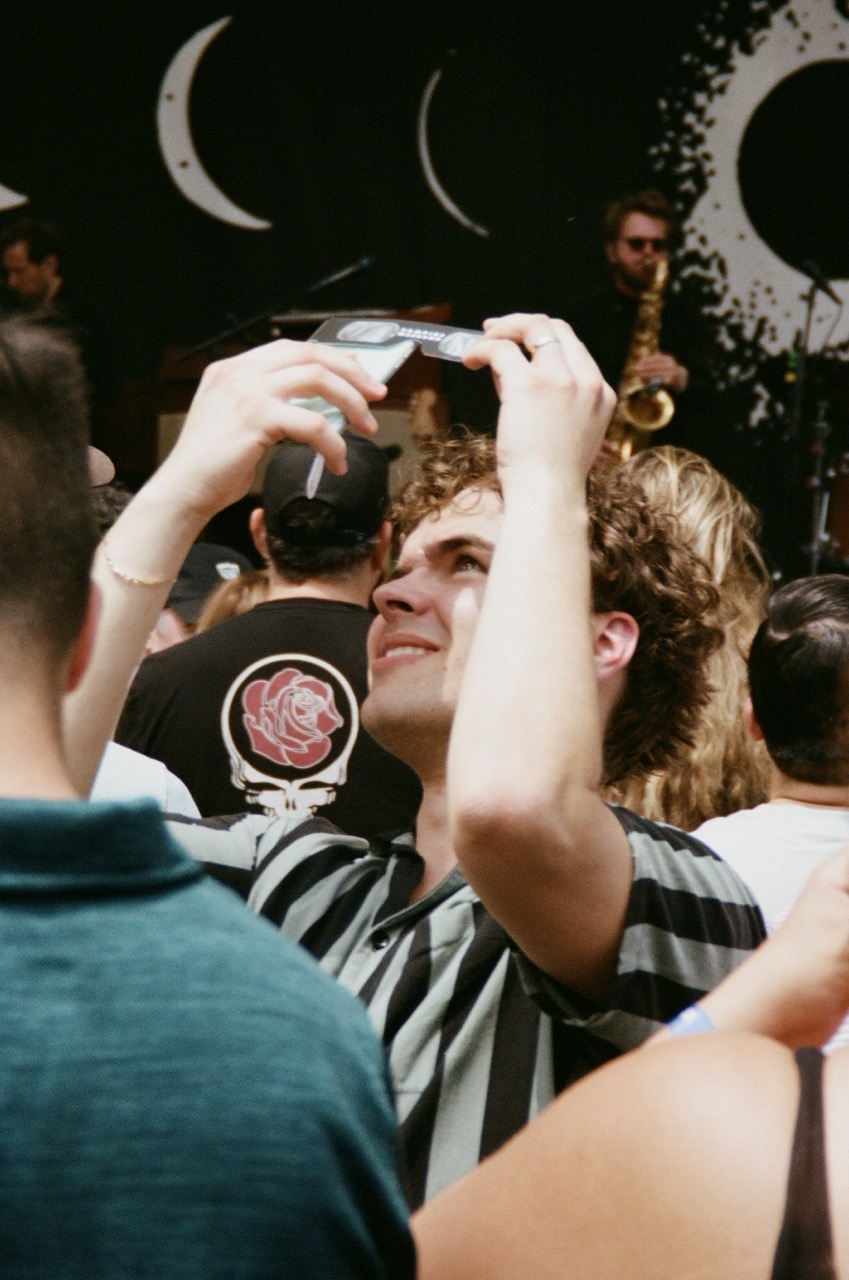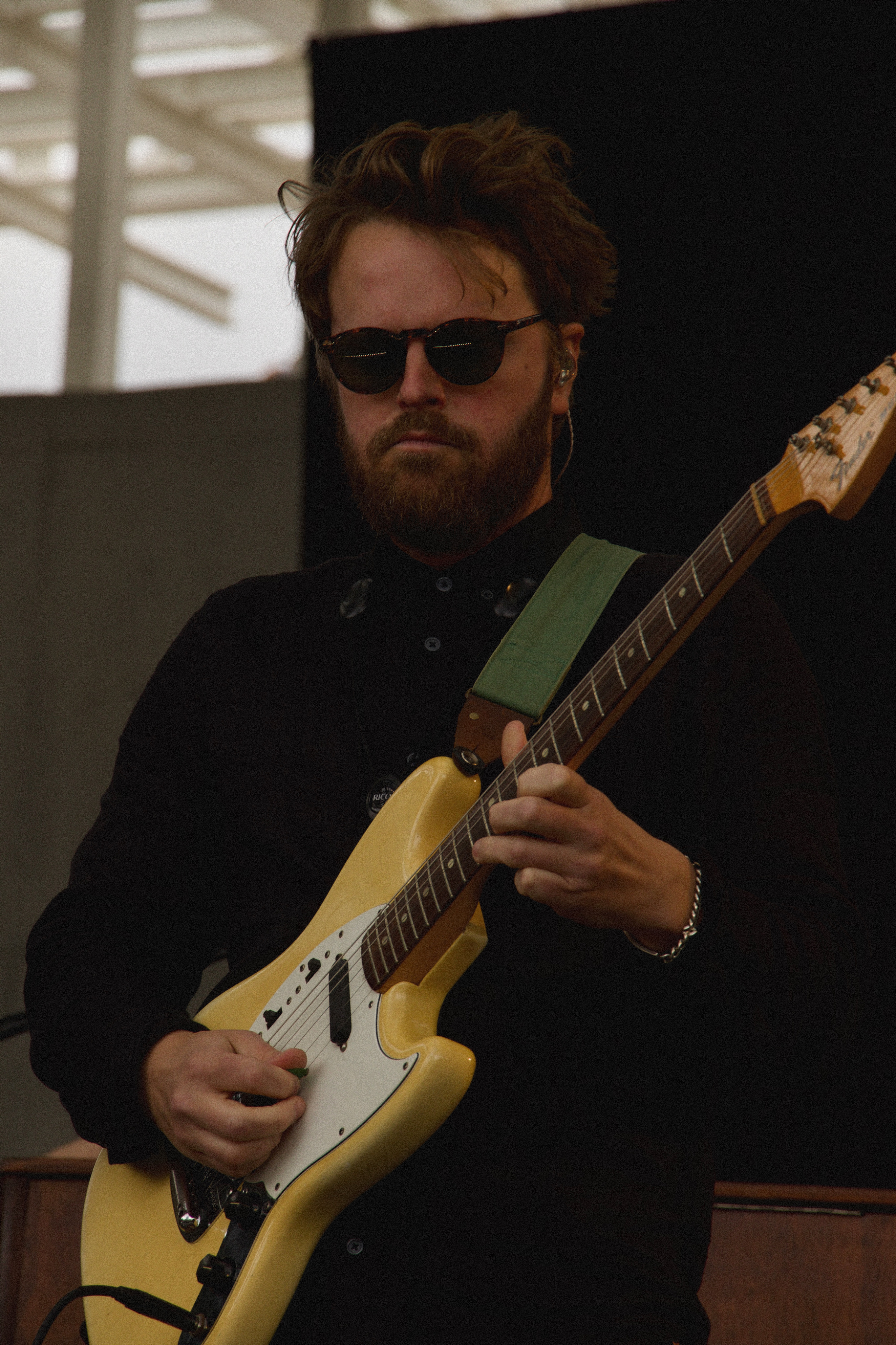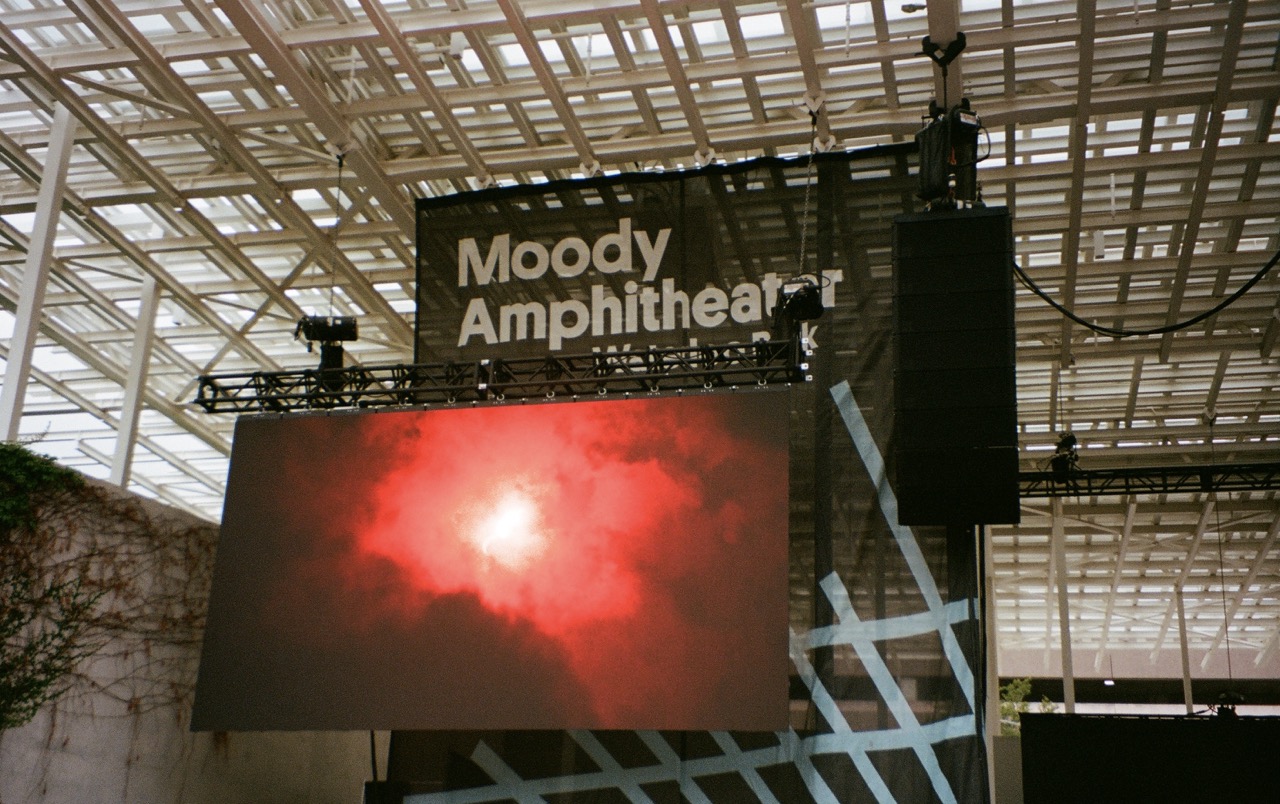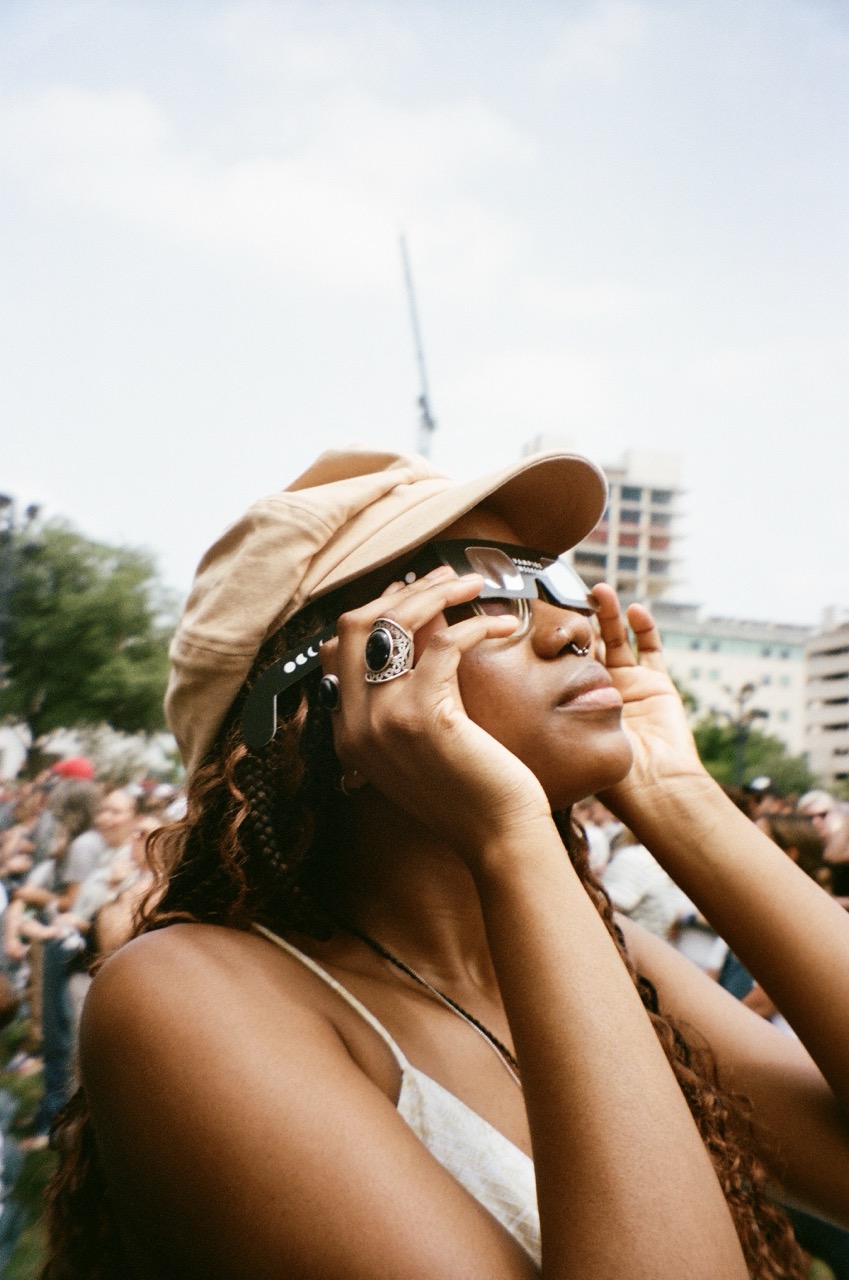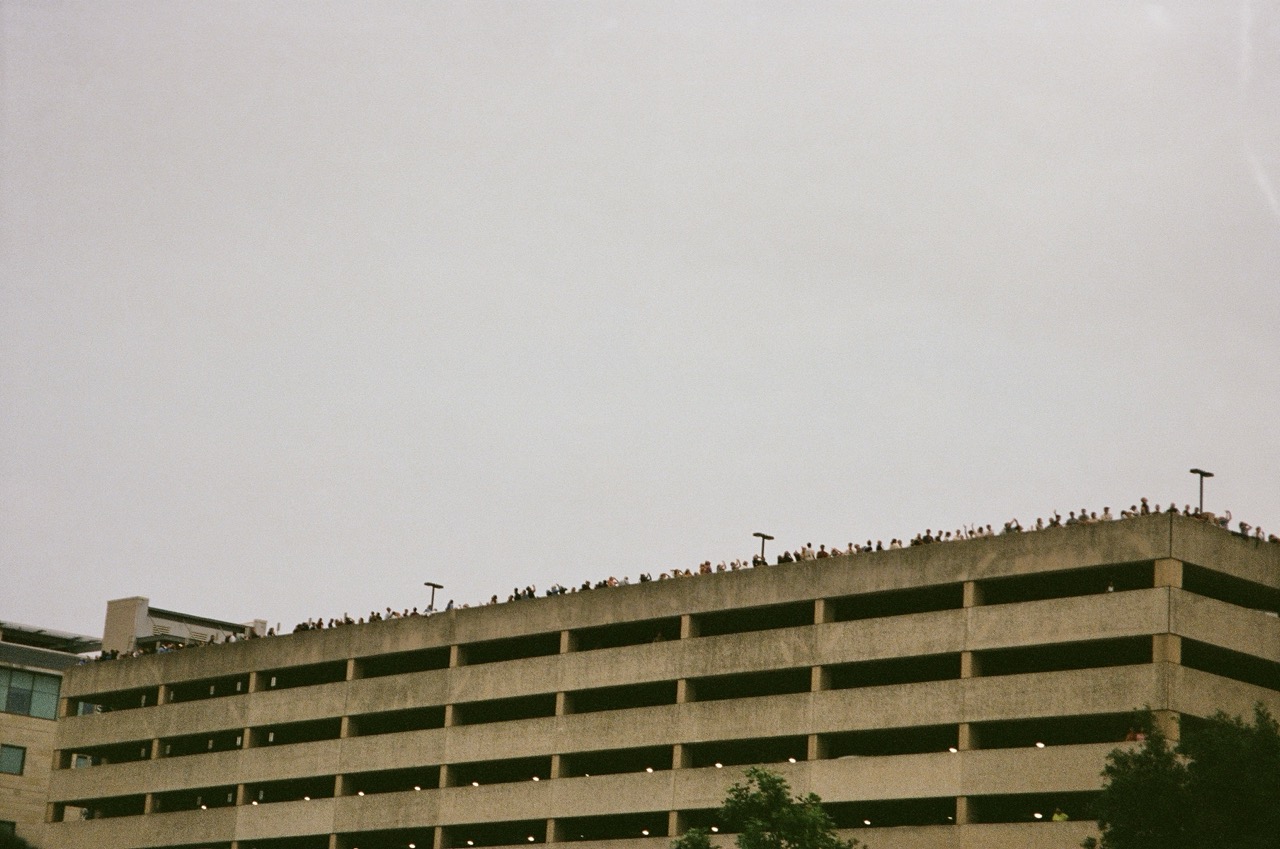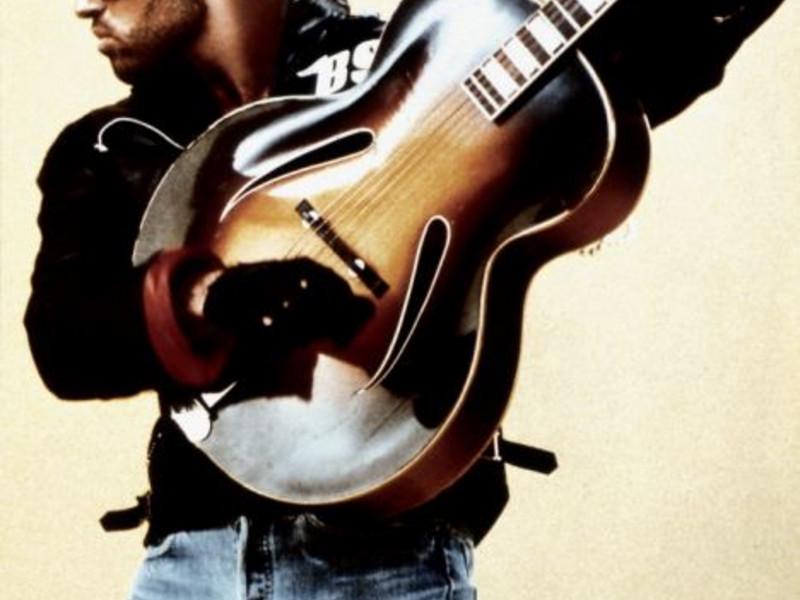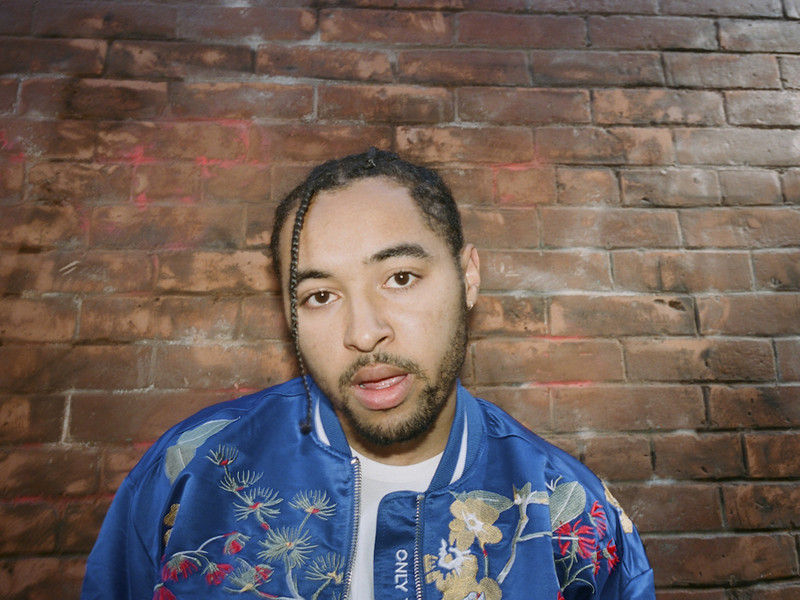Heaven Awaits: James Blake
As James Blake performed the entire album from start to finish, the immersive experience unfolded within the iconic Tate Modern, offering the perfect setting for the eager audience. While his music consistently pushes boundaries, taking the industry by storm, the artist takes it a step further by providing complementary short films. office had the opportunity to chat with Crowns & Owls and The Reids, delving into the art direction that played an integral role in shaping the experience.
What was your inspiration behind the visuals that were presented at the Tate?
Crowns & Owls— What was special about the Tate show was having an album campaign’s worth of work in one room. Typically in our careers, so little of what we do exists in the physical. It goes off into the digital ether and that’s that. If you’re lucky you’ll get to hold a vinyl record at the end — and that’s if you’re working with one of the increasingly rarefied artists who releases any of their music physically. To be in an actual room full of actual people surrounded by actual evidence of a journey you’ve been at the helm of; that’s a lovely thing. Everything we showed on that night was work from the Playing Robots Into Heaven journey.
It’s hard to pin down an inspiration really… we’ve seen a bit of discourse online citing Bergman, Tarkovsky… neither of those guys came up in our idea development phase to be totally honest, but that’s deeply flattering stuff and we’ll take any comparisons to those masters all day long. Thibaut Grevet was an amazing partner as his work is so timeless, and that’s exactly what we felt this record needed. The central visual theme of the record depicts James crossing landscapes as part of a procession of people, with an analogue synth/sculptural tannoy mounted on his back. We loved the idea of the collective nature of dance music being conveyed through this strange pilgrimage, this bringing together of people, transcending as a group.
The Reids— We wanted to make a film with James that visualized his creative process in a way that felt both abstract and elevated. It was a perfect pairing — he was very open with us about his approach to music making and his words inspired our approach for capturing the spirit of the synthesizer that makes up this record. Everything hinged around this apparition we created that in our heads was the heart of “the synth” — and it weaves itself around James and his world.
Another film shown at the Tate was a conversation we captured between James and Brian Eno — two of the biggest names in UK music. Being privy to a conversation between these two titans was a fascinating chance to pick up some wisdom and enjoy watching two friends talk about work and life in a film that feels like a modern day music equivalent of Hitchcock / Truffaut, which was the main inception point for that whole piece.
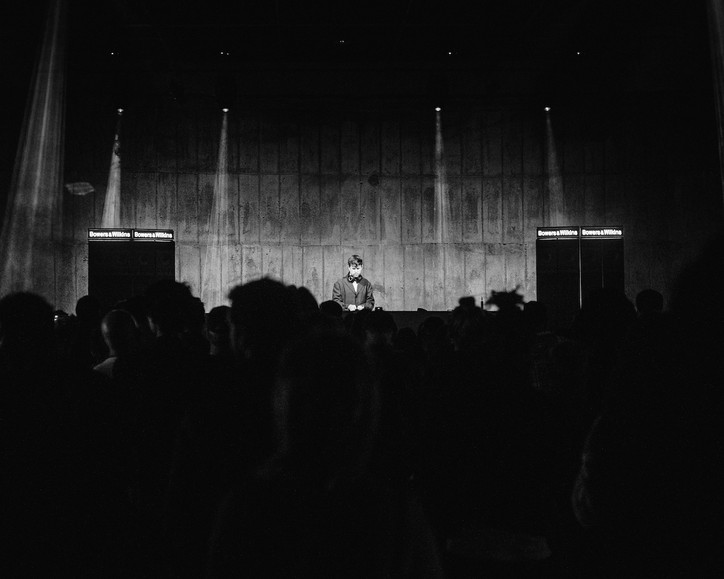
What was the initial thought process when conceptualizing the experience?
C & O— For us, great records build worlds, and that’s what we tried to do with PRIH. There was such a high volume of work made for this project, and where we ended up tonally had such fine art sensibilities about it, that even on the sets of the several shoots around the record, both us and our collaborators got very excited about the thought of putting the stuff in a gallery. It just felt right. When in 2023 do you get to walk around a room and look at work connected to an album? We had sculpture, photography and film all coexisting, and the Tate’s tank space felt like the perfect austere backdrop for all of it. It just feels nice to celebrate something musical in a different way, and we were very lucky in having a partner like Bowers & Wilkins who were so gracious and supportive of that vision.
What is something that you hope for the audience to take away after viewing?
C & O— To us, it’s just about celebrating the power of albums, and the importance of them. In the age of increasing emphasis on viral singles that exist very much as their own entities, you have to wonder if we’re slowly losing a platform from which artists can be storytellers, connecting various themes and points to take their audience on a cohesive journey. So that… and the feeling that James Blake is indeed cool as fuck…
T R— From the Brian and James film, we hope it’s equally enlightening and entertaining — the two of them bounced off each other fantastically well and there are some genuinely funny moments in that film. From the documentary piece, we hope it shows how vulnerability during the conception and execution of an idea is very important if you hope to impart any sort of sincerity into what you’re making: James talks about how nervous he was to put a record like Playing Robots out there — and if someone like James still gets those anxiety pangs over making work, anyone else who knows what that feels like should take them as a sign to perceiver as they’re doing something fresh rather than shy away from them to the safety of well-trodden ground. He was a true pleasure to work with.
